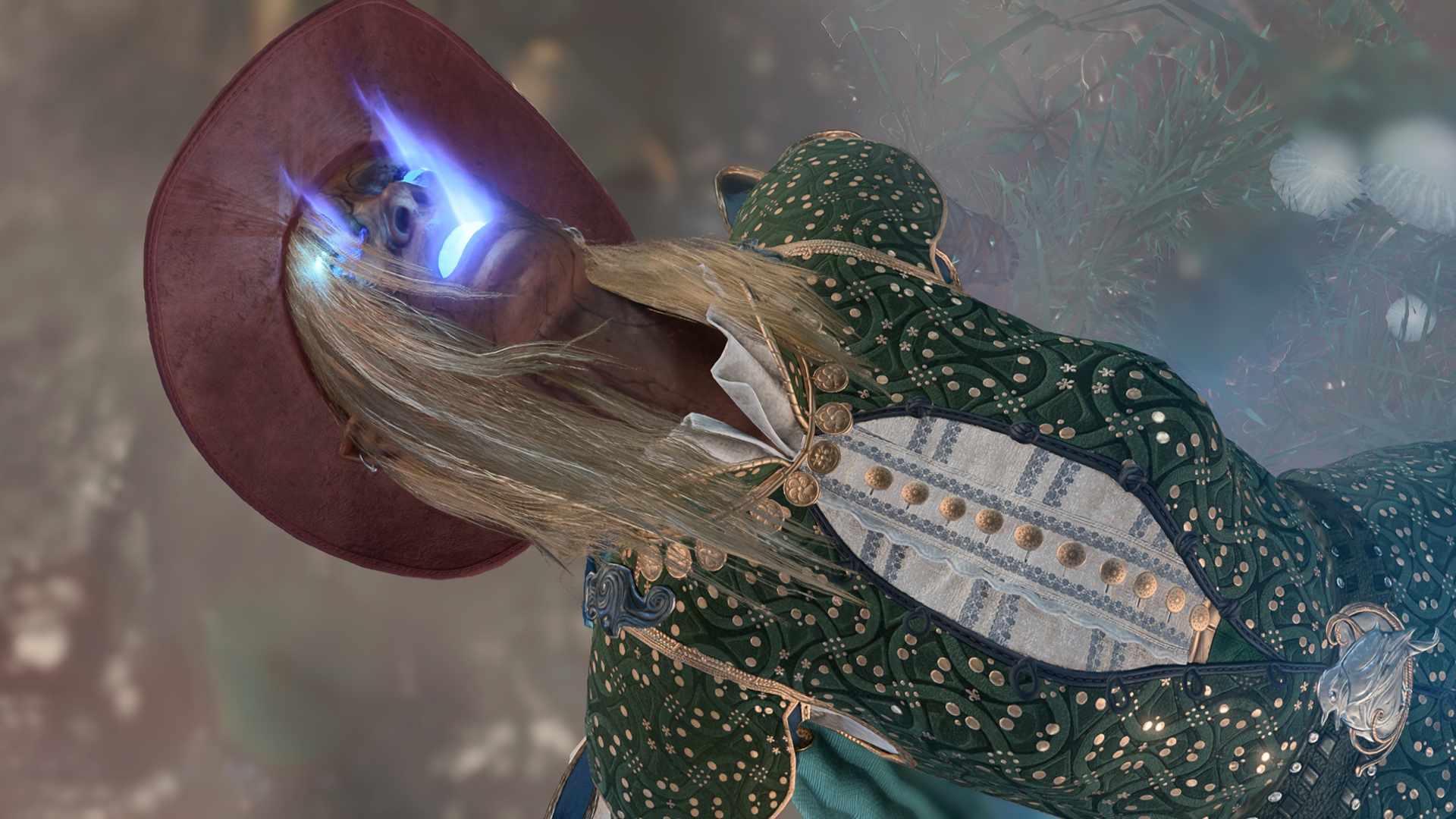
There are an awful lot of spells in D&D, and while Baldur's Gate 3 features less than half of them, several of the big hitters are present; Tasha's Hideous Laughter, Otto's Irresistible Dance, or true classics like Fireball and Healing Word. But when a boss fight meant that all of those spells failed me, I had to turn to a true icon: Magic Missile.
This article contains story spoilers for Baldur's Gate 3
As the army of the Absolute bears down upon Baldur's Gate, one legendary recourse opens up to you. If you can succeed in freeing Ulder Ravengard from one of Baldur's Gate 3's most perfect moments, he'll tell you about the myth of Ansur, the Bronze Dragon that dwells beneath the city, ready to protect it in its moment of greatest need. With a hint as to his whereabouts, it's your job to find him and convince him to protect the city.
That hint takes you to the Wyrmway, a cavernous network that runs beneath the city's prisons. But finding Ansur isn't a case of solving a simple puzzle – the Wyrmway brings you to a whole series of trials set by the founder of Baldur's Gate himself, the legendary Balduran. You must prove that you are Just, Wise, Strategic, and Brave enough to wield the power that Ansur offers. It's a gauntlet not really designed to test your combat prowess, but your resilience, your critical thinking, and even your chess skills.
Balduran's presence is limited to some statues and a very powerful version of the spell Magic Mouth, D&D's answer to pre-recorded greetings cards. If you can pass his trials, however, he'll grant you access to Ansur's lair – where you'll find that the legendary savior of Baldur's Gate has been dead for a very long time.
This is an ex-dragon
It's here where things get a little weird. But suffice to say that death is very rarely the end in Dungeons & Dragons, and the alliances you've made over the course of Baldur's Gate 3 are likely to temporarily bring Ansur back to the land of the living, seeking some pretty righteous vengeance.
The first time I watched this dragon's rotting corpse pull itself back to life was terrifying, and it only got scarier when I saw its stat block. Dragons are easily some of the strongest enemies in D&D, and this one is no exception. Ansur is level 17 – five levels above the cap that Larian introduced because of how strong late-game D&D spells are, and only one level below the tabletop game's official limit. He's also got 400 hitpoints, an armor class of 19, and very high ability scores. Being undead, he's resistant to necrotic damage and immune to poison, and being a Bronze Dragon, he's also immune to lightning damage. Despite being undead, he has resistance to holy powers that might disintegrate a lowly zombie, and he also has 'Immutable Form', which means I can't Polymorph him into a sheep and do away with him that way instead. The mobs he spawns are full-fledged elementals rather than simple cannon fodder like most bosses, and the real kicker is that his Magical Resistance means that any spell is less likely to hit him. That counters the traditional boss fight strategy of bringing in a Wizard to his some big area-of-effect magic to nuke a tough opponent. Ansur is far and away the strongest enemy I've faced in 130 hours of Baldur's Gate 3, and he hasn't even started attacking yet.
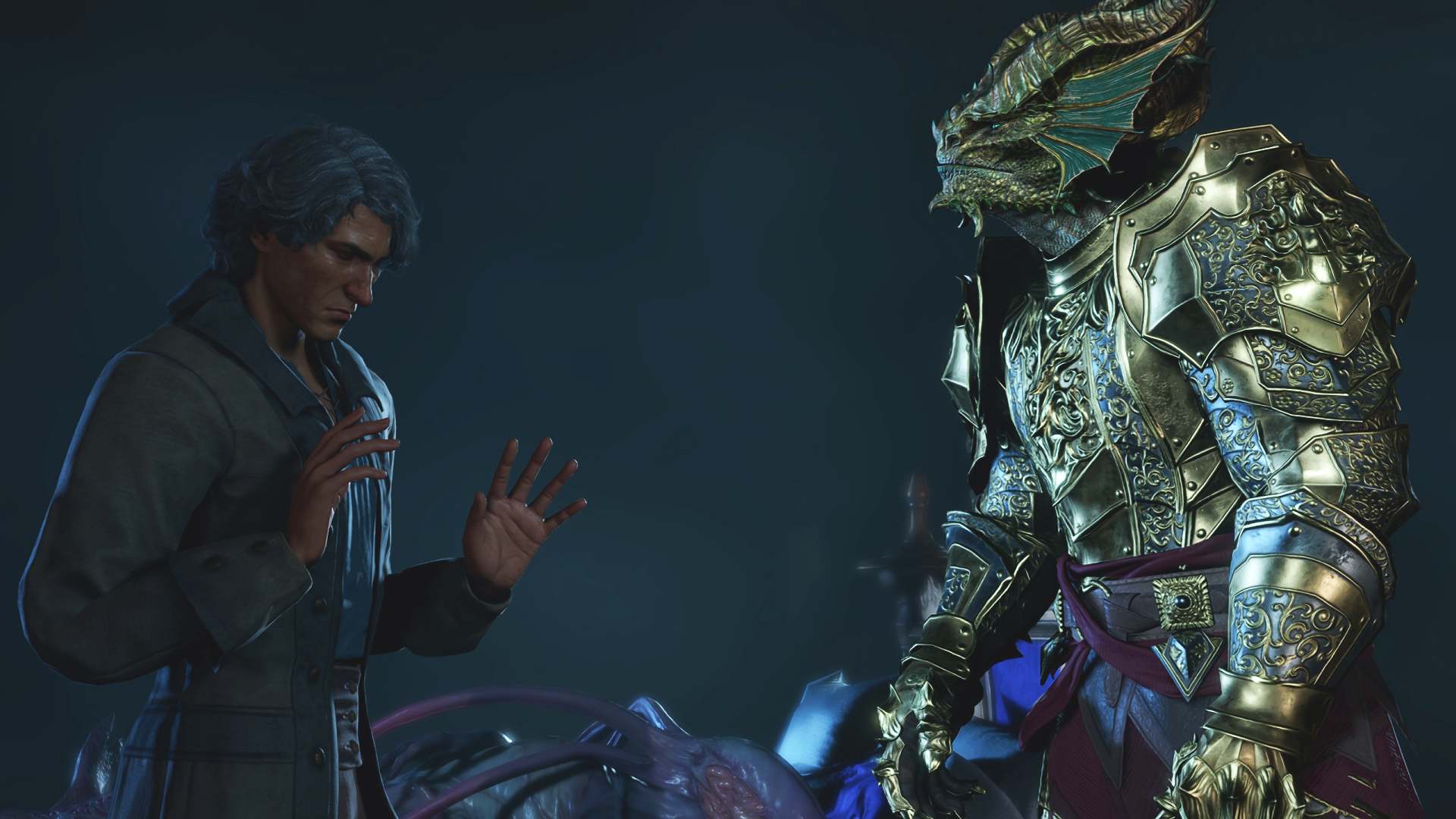
When he kicks off, it's literally all I can do to stay on my feet. A massive AoE ground-pound knocks my characters to the floor, and Ansur can also fly away from danger, knocking anyone in his landing spot over too. It's pretty vicious, and my first strategy involves trying to scatter my party just far enough that Cleric Shadowheart can still hit them with wave after wave of healing spells.
That just sets us up for the ace up Ansur's sleeve. He takes to the sky, hoarding energy in a crackling lightning storm around him. An NPC barks at me to find cover, so I position my characters behind the crystal shards erupting throughout the boss arena, thinking this is a clever gameplay puzzle. It's not, and when Ansur unleashes his stored energy in a massive nova, my characters' bones shatter almost as fast as the crystals. I do my best to pick everyone up, but it's a losing fight and eventually I hit the party wipe.
In the next attempt, I figure that my Barbarian can probably take the hit, while my Bard, Rogue, and Cleric can find somewhere to hide. I position Astarion behind a pillar in a nearby alcove, and use teleport spell Dimension Door to get Tav and Shadowheart out of the boss arena and behind a large door, assuming they'll be protected from the blast. They are not. It's time to try a new strategy.
Very, very frightening
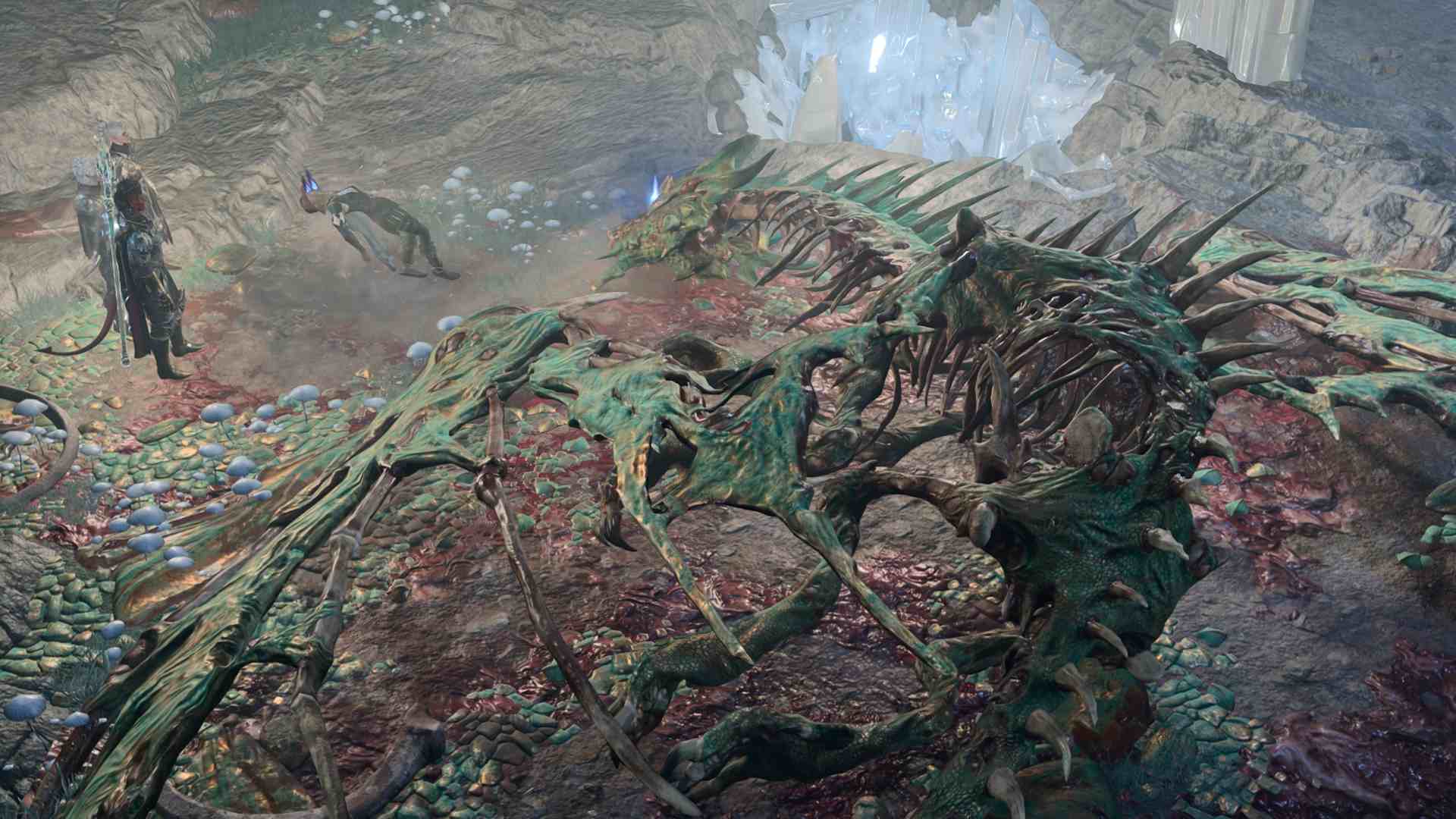
Returning to camp, I figure it's time to part ways with Shadowheart and Astarion. The former simply can't pump out enough buffs and healing to keep up with Ansur, and the latter can't really do enough damage and stay alive. I bring along Warlock Wyll, whose Baldurian heritage makes him an interesting story addition and whose magic/martial combination seems like it might be helpful. Wizard Gale also comes along, because even if I can only hit Ansur with magic on a rare occasion, there's enough versatility in Gale's kit that I can come up with multiple new strategies on the fly. Karlach remains in place as the only one strong enough to reliably tank that lightning blast, and player character Tav stays because Bards can literally do everything.
My first strategy is one of brute force. Wyll, Gale, and Tav can all cast Conjure Elemental, and I reckon that even if Ansur can deal a lot of AoE damage, it's unlikely he'd kill all seven units at once. The three elementals that I conjure can also hold up the two similar mobs that Ansur summons, firmly swinging the numbers game in my favor. On an early turn, I'm even able to use an explosive arrow to push of Ansur's summons into a chasm. Things are looking up.
Unfortunately, there is a flaw in my plan. D&D's wizards famously have all the resilience of a damp sheet of paper, and Gale is obliterated by the lightning nova. A few more hits and everyone but Karlach is on their knees, and with no Shadowheart I don't have the healing to pick them up. It's clear that the gradual chip damage from the elementals isn't going to cut it, and I need another new strat.
On the defensive
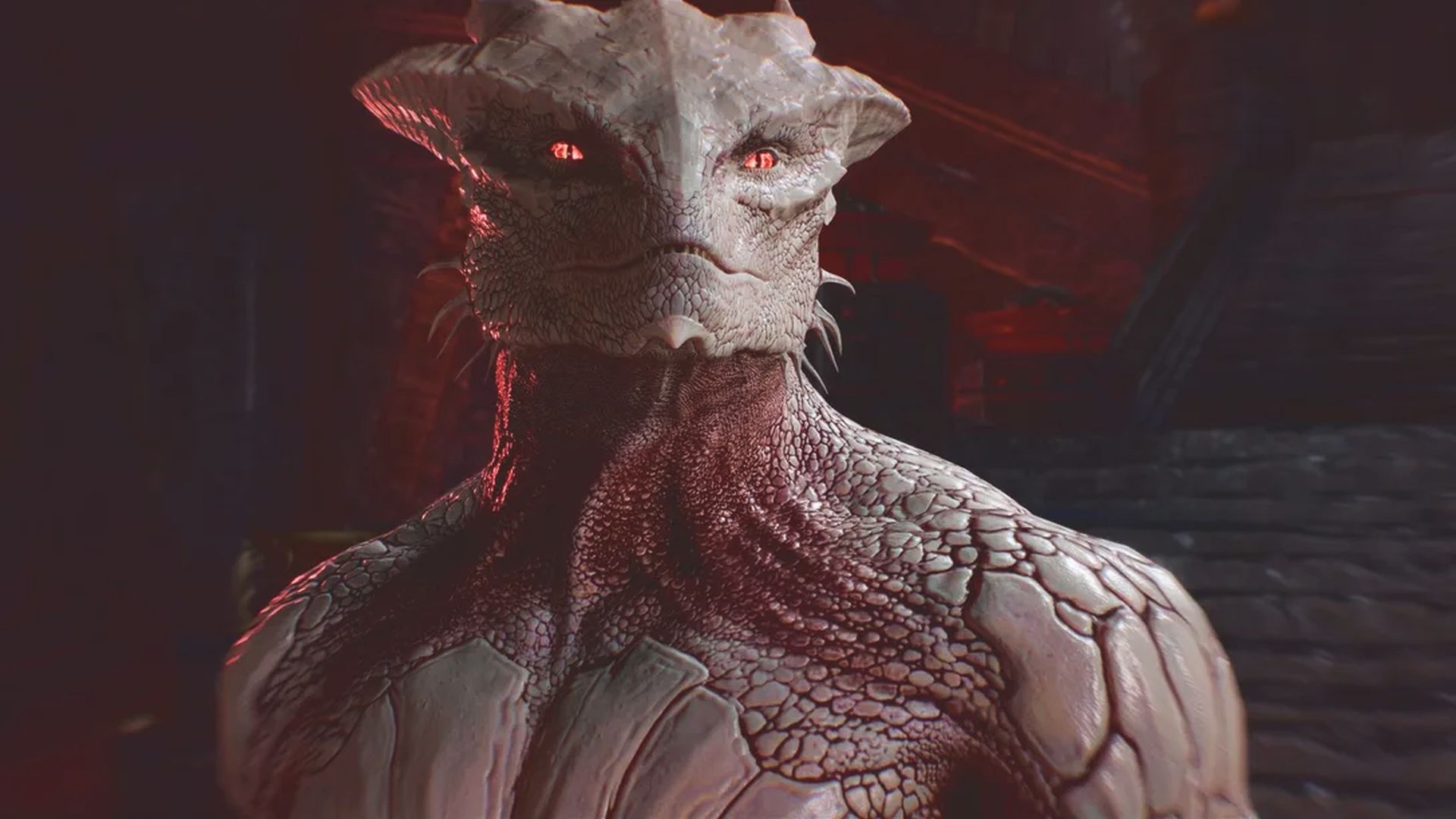
Poring over Gale's spells, I find my salvation. I can't hope to tank that blast with stats alone, but my Wizard of Waterdeep has recently ticked over to level 12, where he's got some more high-end spells to play with. One in particular stands out: Globe of Invulnerability. As the name suggests, it conjures a dome around the caster – and anyone in that dome takes no damage of any sort.
I start the fight, knowing that I have another handful of obstacles to overcome. Gale needs to survive long enough to cast Globe, but keeping him clear of Ansur's early attacks is easier said than done. The dragon's elementals also cause a problem; casting icy spells freezes up a portion of the arena, but when that ice melts a turn or two later, there's a pool of electrified water crackling across the whole fight. I use my own ice spells to limit the impact of the lightning damage on my players, but then Ansur starts charging, and Gale is separated from the rest of the party. The only way that this strategy will work is if he can cross the ice without slipping – ending his turn and giving Ansur the D&D equivalent of an open goal. I can't risk it – tapping into my Illithid powers, I fly my Bard across the ice, using a valuable spell slot to Dimension Door Gale back in range of the party. He casts the Globe, and it works perfectly – my team doesn't even flinch as Ansur's nova rolls over them.
All I have to do now is finish the job – and quickly. Gale only has one spell slot capable of casting Globe of Invulnerability, and while I should have the option to use the Wizard Class Action to restore that slot, I've already used that to try and absorb the hits from Ansur's early attacks. The Globe will only hold for three turns, and one of them is already up, so it's time to turn up the heat.
Karlach has been doing her best to chip away at Ansur's HP, and Tav has summoned an elemental to get some more damage in, but I'm struggling to work out how to get through the 250+ remaining hit points in the few turns I have left. Again, I scan through my party's spells, but even landing a blow on this dragon is easier said than done. At their worst, I've got spells that have only a 6% chance to hit, and Gale's the only one for whom those odds regularly rise above a 50/50 likelihood.
Again, scanning through Gale's spells delivers me the answer I need. Karlach and the elemental can get some good work done thanks to multiple attacks per turn, all with a decent chance to land. The spellcasters don't have many of the same luxuries, but Gale does have something up his sleeve – Magic Missile.
Arguably the most iconic spell in D&D (beyond possibly the reality-bending powers of Wish), Magic Missile boasts several benefits: First, it can never miss – its official spell description is thought to suggest an instantaneous strike; Second, it deals Force damage, which very few D&D enemies are able to resist; and perhaps most importantly, it hits multiple times, and can be cast at a higher level to land even more missiles. With Gale's most important spell already cast, I don't have to worry about conserving high-level slots, and can throw out several more shots.
Magic Missile also points me towards options for Wyll and Tav. As of level 11, their Eldritch Blasts now conjure three bolts instead of just one. While this other iconic D&D spell doesn't mean a guaranteed hit, three shots are better than one, and safe within their dome my spellcasting trio pepper Ansur with dozens of bolts over the next few turns.
Dragon's Down, ma
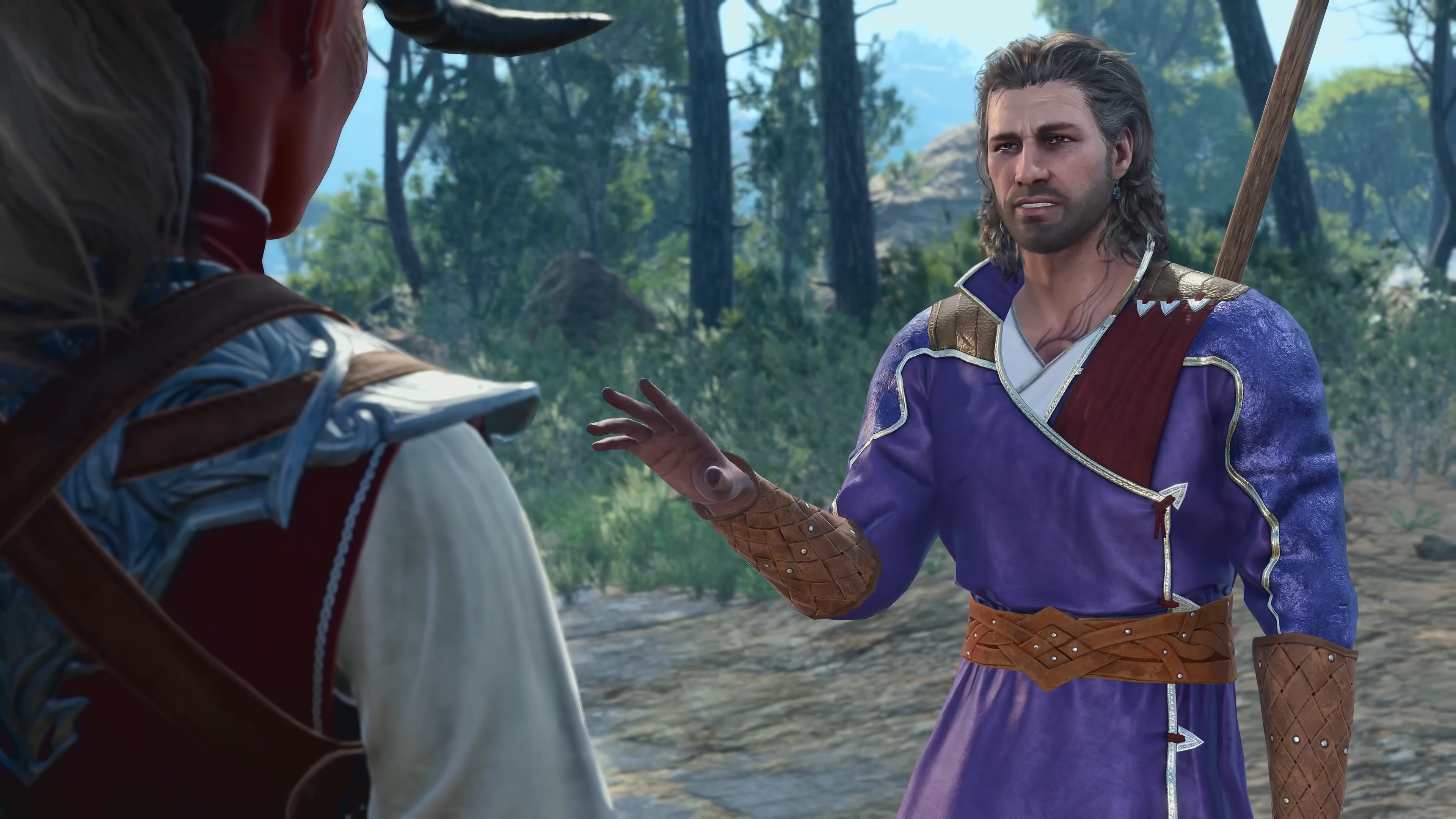
Under that barrage of blows, the dragon falls, and with him goes what I'm confident is Baldur's Gate 3's strongest single unit. Perhaps Ansur isn't the hardest boss fight in the game – others might have more health, more annoying mobs, or be tougher at earlier points in the story – but if all of Ansur's resilience wasn't enough, one spell that could wipe an unfortunate party in a single move is something that not many other bosses have in their arsenal.
What strikes me about that detail is that while my trial-and-error approach isn't one that's necessarily encouraged by either D&D or Baldur's Gate 3, I genuinely don't know how I would have bested Ansur without this specific spell combination. Nothing I discovered would have kept Gale alive better than the Globe, and short of relying on a fighter-heavy team that I didn't have, I can't see how any other spells would have taken the dragon down. At certain points I was wrestling with a 6% chance to land a blow, and even my most powerful incapacitating spells were useless against this foe.
But while that might easily have been frustrating, it's yet another example of how well Baldur's Gate 3 captures how it can feel to play tabletop D&D. It's the feeling of that single trick up your sleeve, the spellcasting ace in the hole that you might not have cast in hours suddenly jumping off your character sheet to clutch up an entire battle. I'm sure that better players than me will find more elegant ways to defeat this boss, but for me, the process of the stars aligning to magically batter this dragon to death is one of the most satisfying moments of my game so far.
Check out our Baldur's Gate 3 review.







